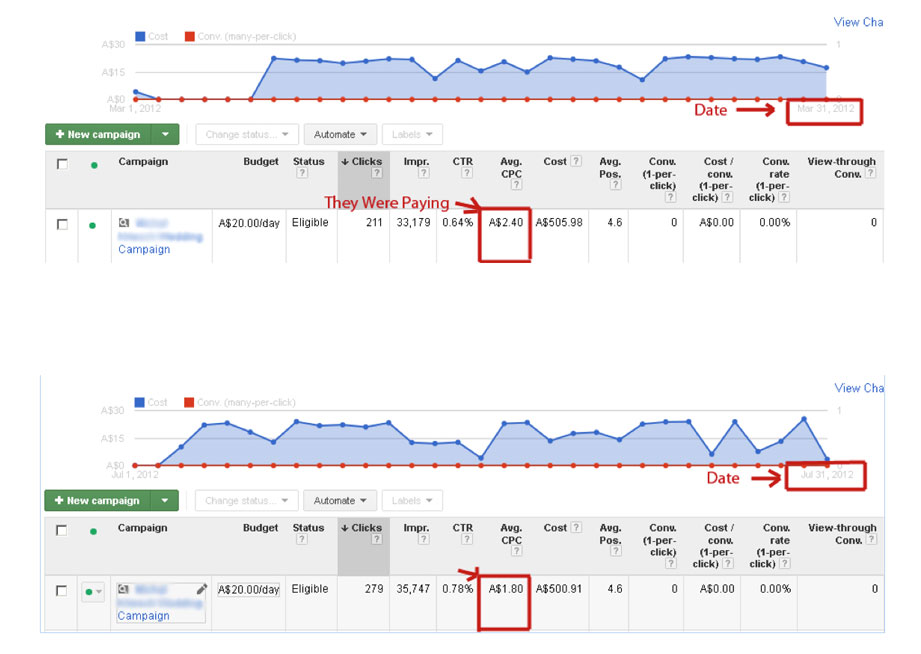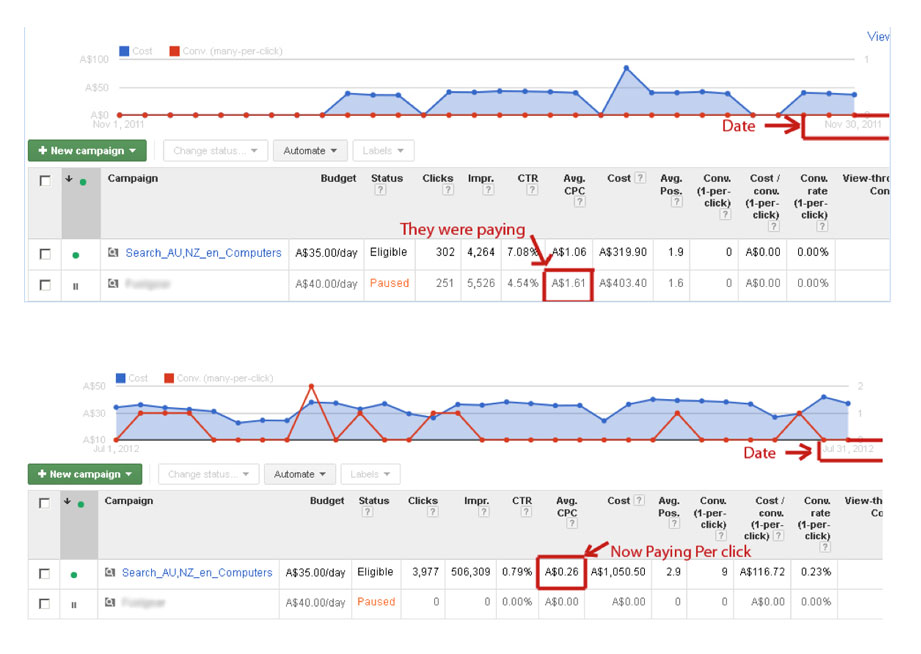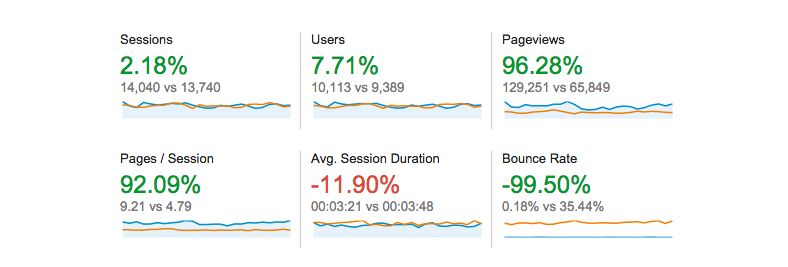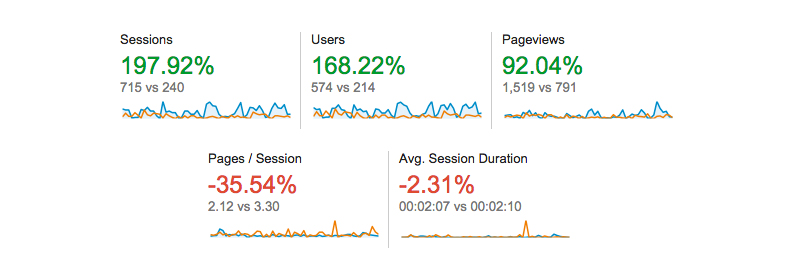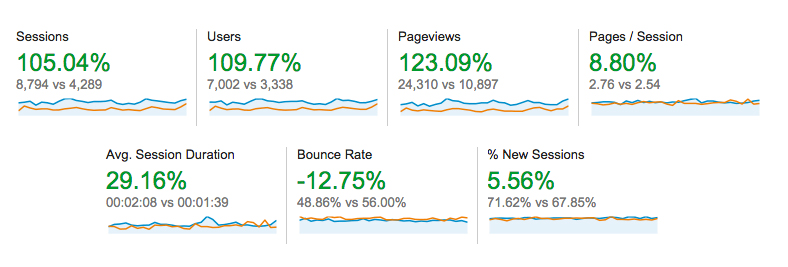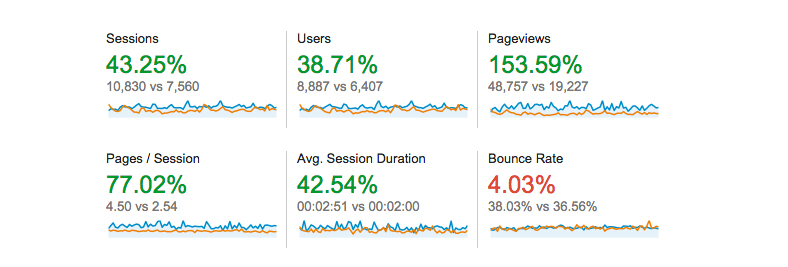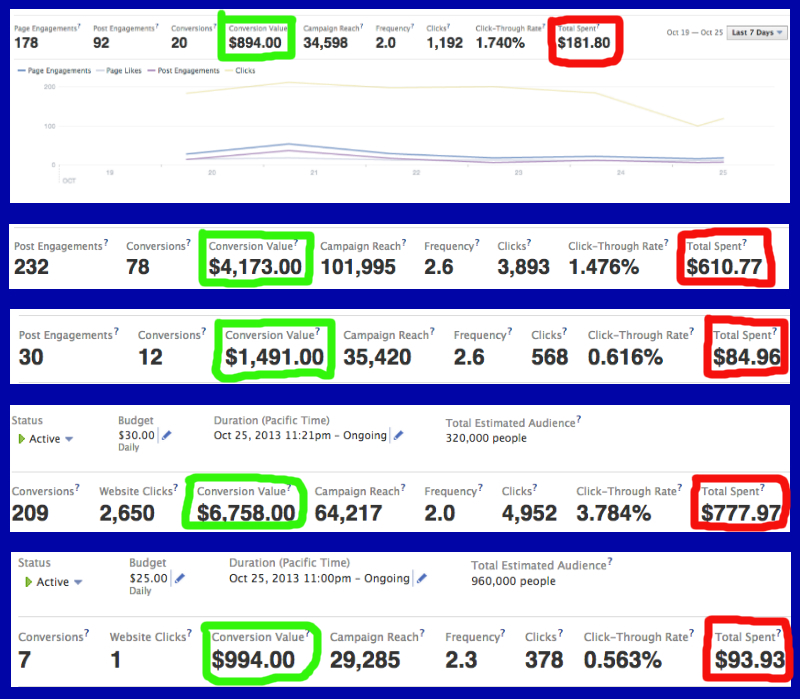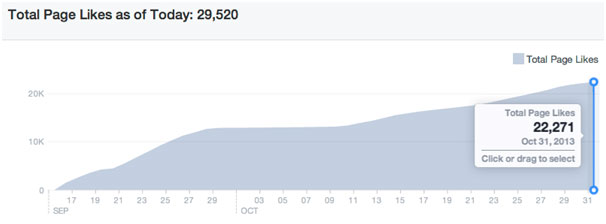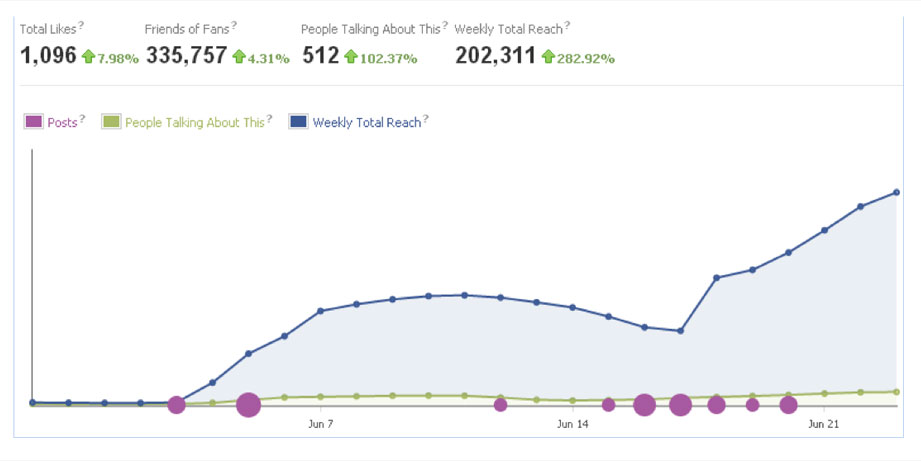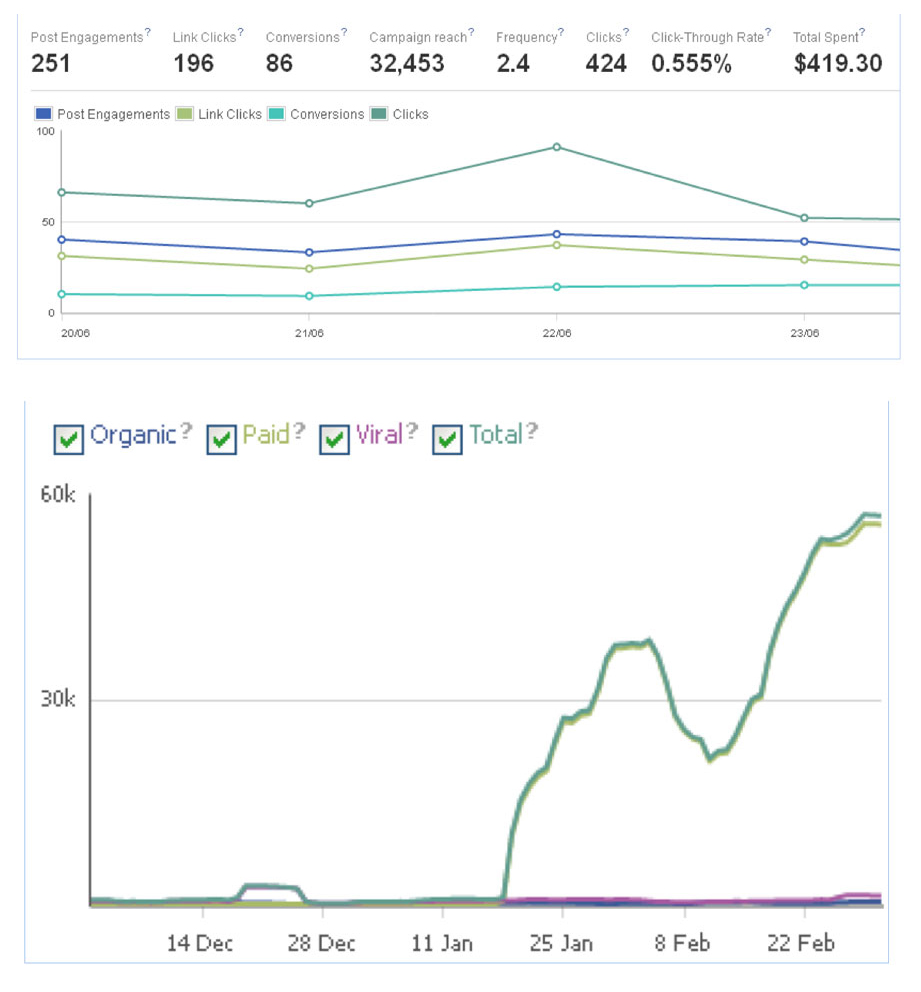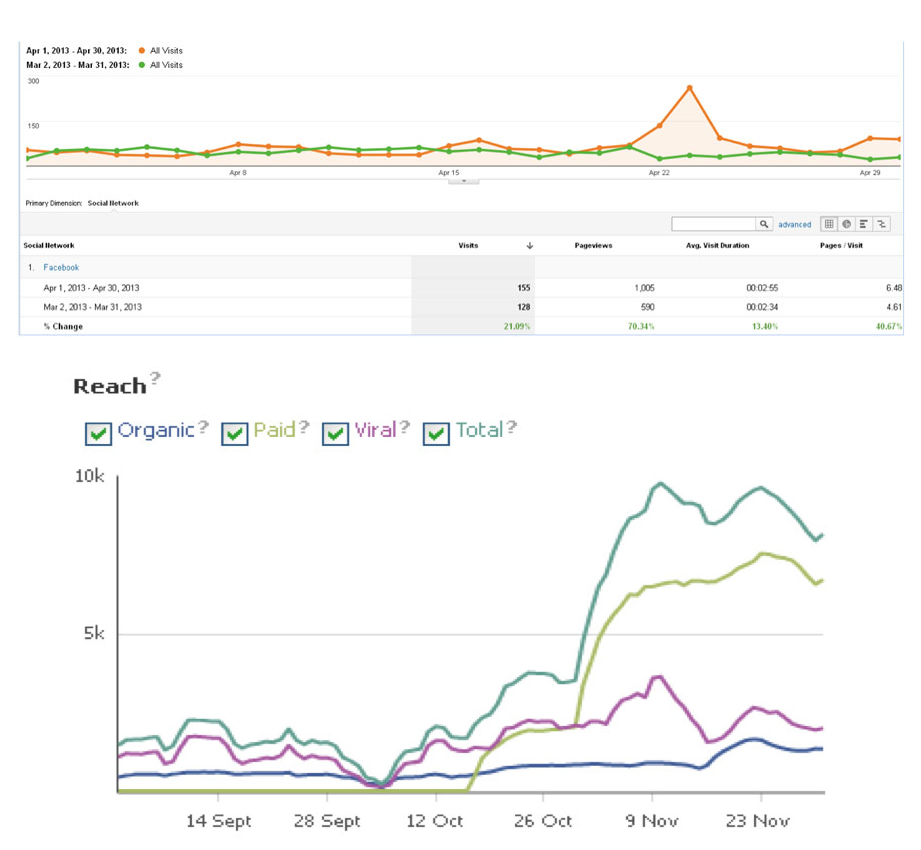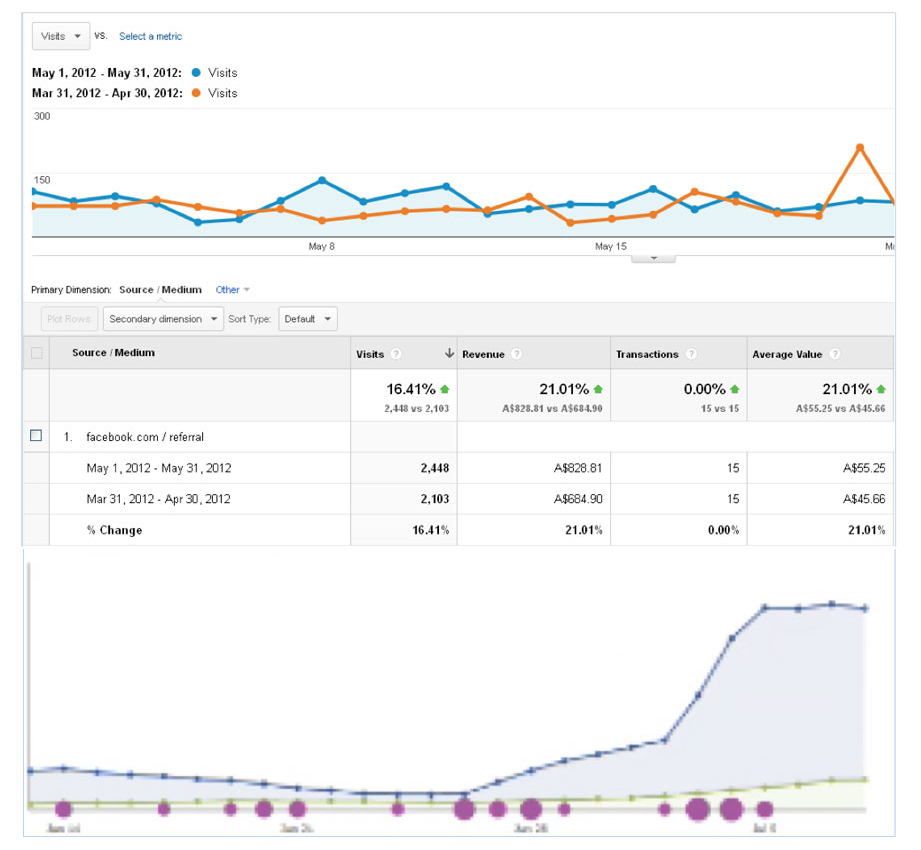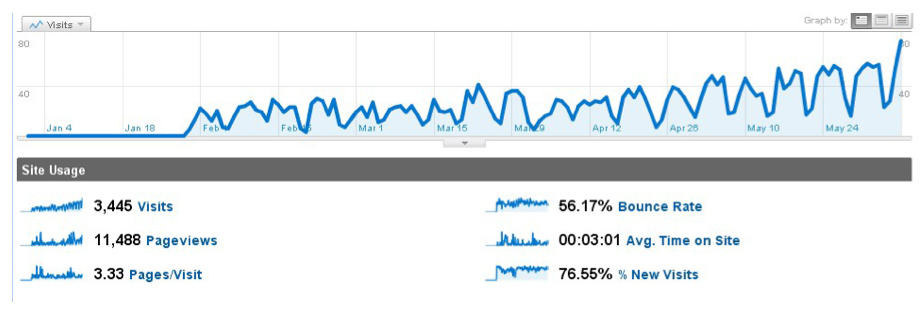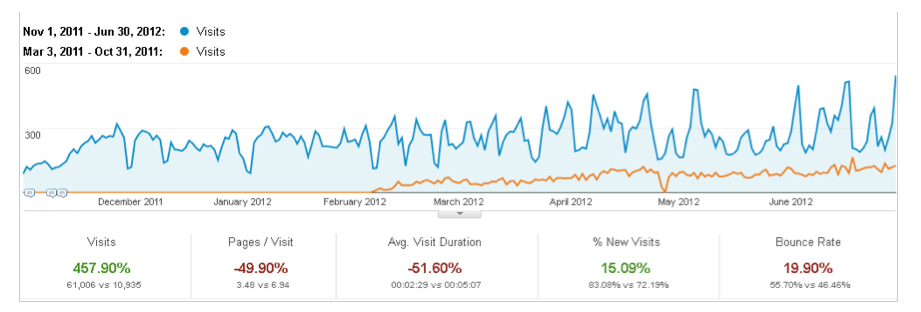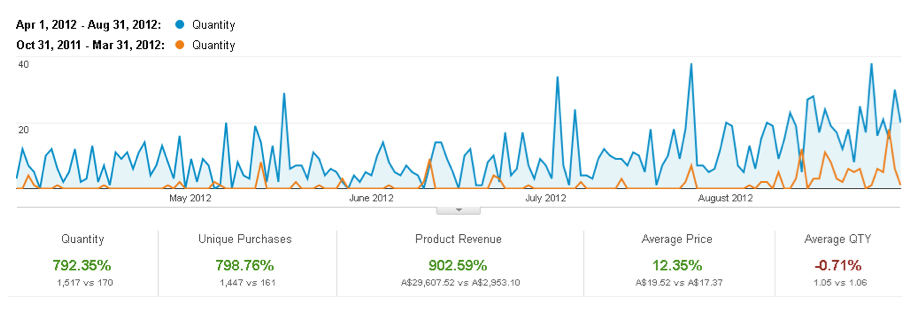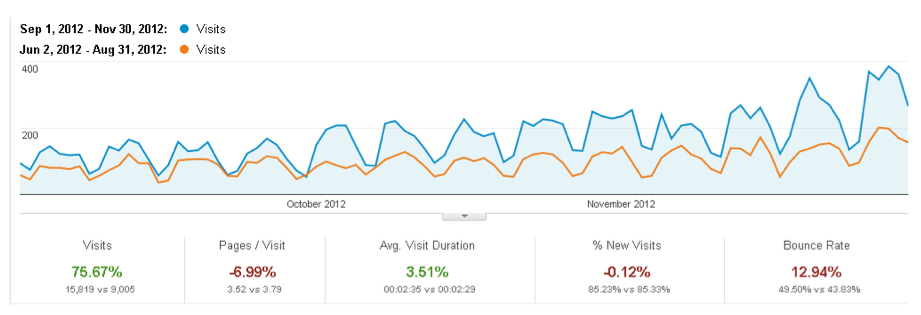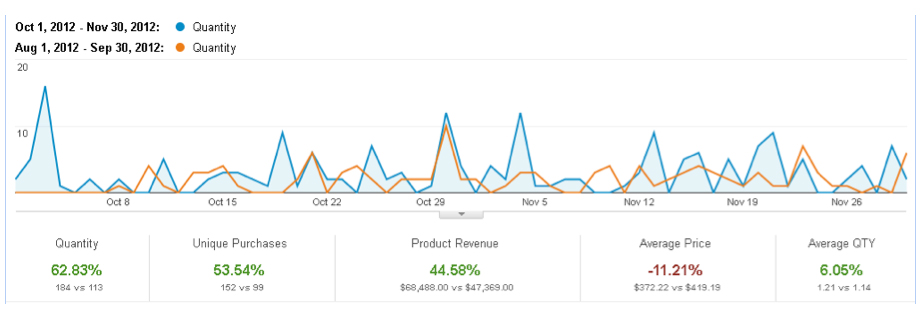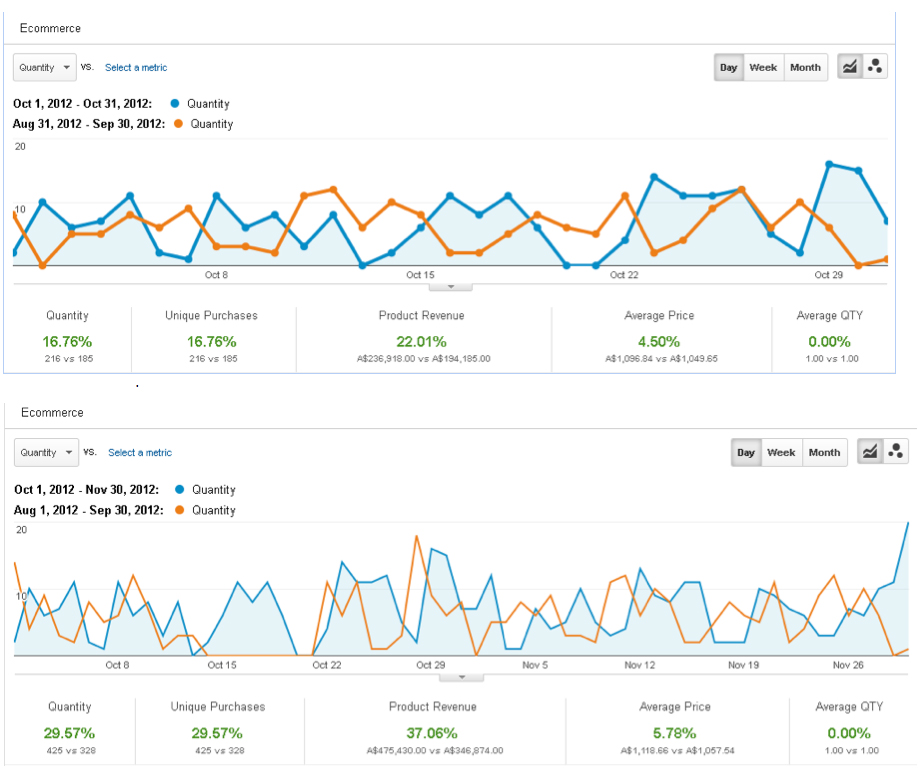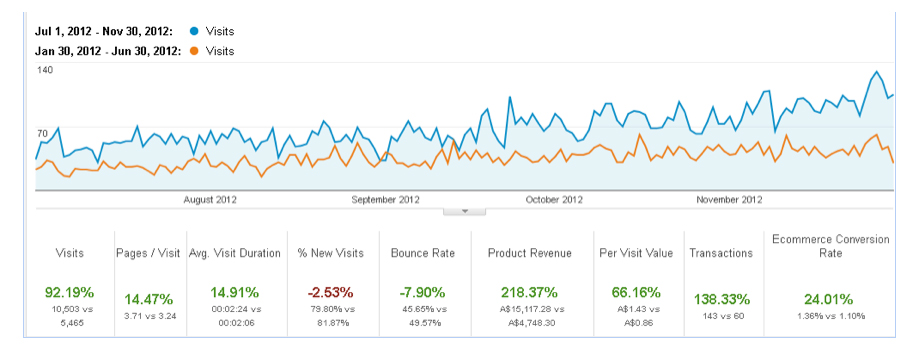Your website is the cornerstone of your digital marketing efforts. You can have a fantastic strategy and outreach plan, but if it isn’t aligned with your website development, you’ll struggle to make an impact.
Your development choices are about much more than functionality, it’s about the experience potential customers will have when interacting with your business online. From your choice of colour palette to your page layout, development elements work together to provide a consistent experience across your website and digital marketing efforts.
Below are six ways that web development directly impacts your digital marketing efforts.
1. Choice of colour
Choosing the right colour is crucial to building a strong brand identity. It’s essential to understand who your target audience is and how your brand will be perceived through the colour palette you choose for your website and marketing. Colours can evoke emotions and subconscious feelings. What are the feelings you want people to associate with your brand? For example, green can connote a sense of nature and health, while black has serious connotations and is associated with luxury.
It’s essential to define a set colour palette and tone for your website, chopping and changing on each page can cause inconsistency that damages the reputation of your brand. Be consistent across your website and marketing to create a unified and consistent image of your brand. Your choice of colour will define the personality and core values of your brand.
2. Trust
What are the goals of your marketing efforts? Most businesses would say that increasing sales, revenue, and the loyalty of your customers are desired outcomes. While social media, paid ads, and email campaigns can all help to achieve these goals, having a trustworthy website is crucial. The trustworthiness of your website is based on two factors: security and reputation.
Security is about ensuring your website is safe to use, your payment methods are secure, and your user’s data is protected. You might know that your website is secure, but don’t assume that visitors will think the same without seeing some proof:
- Make sure your website is HTTPS secured.
- Include a GDPR opt-in form.
- Show the logos of your trusted payment options – PayPal, Mastercard, Visa.
Reputation is about ensuring your visitors that you are a reputable business and that you stand by your products and services. You can achieve this through:
- Simplifying your development.
- Offering money back guarantees.
- Testimonials from your happy customers.
- Increasing the speed and usability of your website.
3. Consistency
Magicdust, experienced in web development Sydney wide, states that “successful brands are built on consistency”. You should be consistent with your messaging, advertising, and your web development. Maintain uniformity and familiarity by using a similar colour palette, graphics, page layout, and formatting across your whole website.
Not only will this improve the consistency of how your brand appears, but it will also improve how your website performs. Reusing graphics will make your website faster to load, while a consistent navigation and page layout enhances the usability of your site.
4. Conversion
Building a website that converts your visitors into paying customers needs more than just following best practices. It requires testing and optimization. If your website fails to convert visitors, the rest of your digital marketing efforts will be squandered. There are two different types of conversion:
Prospect to lead:
If you’re selling a service or high-price product, you’ll need to turn your visitors into leads before making a sale. By providing a regular newsletter or quality gated content, you can give something of value to your visitors in exchange for them signing up to your email list. When a user signs up – that’s a conversion.
Lead to customer:
The next step is to convert that new lead into a paying customer. The user might have signed up to your email list, read your blog posts, or responded to your paid ads, and when they finally decide to make a purchase – that’s a conversion.
The following elements all contribute to your conversion rate:
- Additional costs – be clear and upfront about fees and shipping costs.
- Complicated checkout – make your checkout pages as smooth and easy to use as possible.
- Trust – if people don’t trust you, they won’t buy from you. Make use of testimonials and reviews to provide social proof.
- Website errors – a clunky development or website crash will cause users to question the credibility of your business.
- Landing pages – make sure your landing pages are distraction-free and laser-focused on getting the user to convert.
5. Web development and SEO
People use search engines to research products and services before they make a purchasing decision. Your business needs a robust online presence to increase your brand visibility. Simply having a website isn’t enough in the digital age, you need to be appearing in search results to gain any serious momentum with your digital marketing. The first page of search results get 88% of clicks, with the top 3 results attracting a whopping 55.2% of all clicks.
This is where SEO comes into play. You need to know what terms your potential customers are searching for, and use that information to inform and target your web copy to rank for those terms. But SEO goes much further than keywords. There are a lot of factors but some of the main ones are:
- Page speed is a critical factor in search ranking.
- Inbound links – publishing high-quality content increases the chances of other web pages linking to your website..
- Sitemap – making sure search engines can easily crawl and index your website.
- Mobile friendly – your website’s ranking is based on the mobile version of your website, even if the majority of your traffic is desktop based.
6. Differentiation
In an increasingly competitive online marketplace, standing out from your competition is crucial. You’ll struggle to achieve your marketing goals if you can’t differentiate your business from your competitors. The cornerstone of your brand’s online presence is your website. As the online hub for your customers, your website presents an excellent opportunity to set yourself apart from your competitors.
- Your development choices and web copy set the tone for your brand. Are you aiming to present yourself as energetic and youthful or experienced and luxurious?
- Users will associate the experience of your website with your brand – make your navigation easy to use and intuitive, not frustrating and impenetrable.
- Focus on improving user experience and meeting the needs of your customers with live chat and simple contact forms.
- Put a human face to your business by including a detailed “About Us” page. Take it one step further by adding a “Meet The Team” page that shows customers exactly who they will be working with if they choose to do business with you.
Conclusion
It’s essential to understand the impact of web development on your marketing efforts. You need to understand the essentials of successful website development and realise it’s not a case of preference or inconsequential development choices. From the consistency of your brand to converting visitors into customers, web development plays a significant role in differentiating your brand and how potential customers perceive your business.



